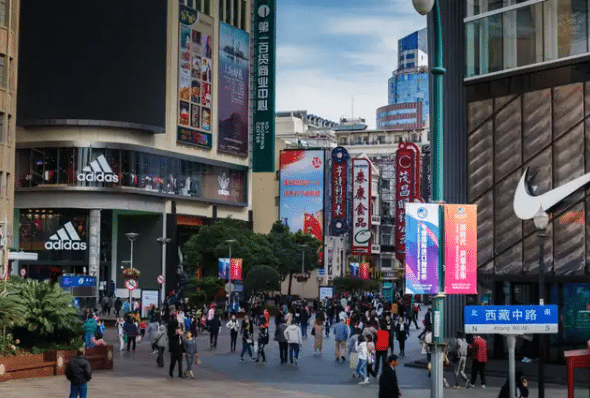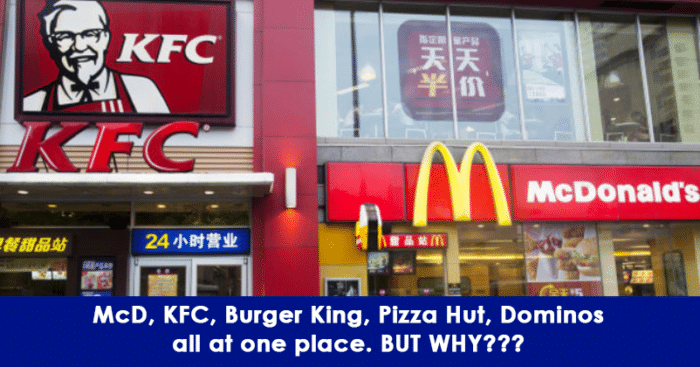Ever wondered why competitors set shop closer to each other? Why are food outlets by popular brands are just a few steps or blocks away from each other, and what are three petrol pumps doing in less than 200 meters of distance?

While it only seems sensible for competitors to have their stores or place of work separated by reasonable distances, to avoid conflict and command a sizeable customer base, business theories assert the opposite.
Hotelling’s Model of Spatial Competition
We all know that many factors influence the choice of location for a business. However, clusters of the same business are a common sight that exists. When competing business entities open shop next to close to each other, it is called clustering.
And this concept of clustering is explained using the “Hotelling’s Model of Spatial Competition.”
According to this model, all businesses want to be present in a location or area which is a prime attraction point for customers. Every store owner wants their outlet to be in such areas and get the maximum of market share.
Since every similar business will operate using a similar mindset, they compete with one another, eventually causing similar businesses to end up in a cluster at one point.
This concept is often seen when it comes to gas stations, fast food chains, gadget retailers, vehicle service centers, etc…

Using an example, let’s get a little more clarity on the same.
Two brothers have opened restaurants in two different locations, with the intention of having an equal percentage of clients, say 50%-50%. However, after some time, one of them moves their location closer to the other one. This will mean a 25% rise for the brother who moved his restaurant location. And conversely, a 25% decrease for the other brother.
Now, if both were to open their restaurants in the same vicinity, both can aim for a market share of 50%-50%, thereby ensuring equal competition.
This is also called ‘Spatial Agglomeration’
Pros and Cons of Clustering

Considered a socially optimal solution, where every party derives benefit, clustering is an archetypal strategy used by businesses to maximize benefits. On the flip side, it can be quite unstable as anyone business would want to gain an upper hand over its competitors.
However, in the long run its advantages outweigh its negatives. For example, a business can have a better idea of strategies implemented by competitors when they are near each other.
Secondly, businesses attract more crowds when present in clusters, due to the availability of more options for customers.
Also, clustering enables businesses to identify customers, their preferences, and other nuances that help in increasing business.












